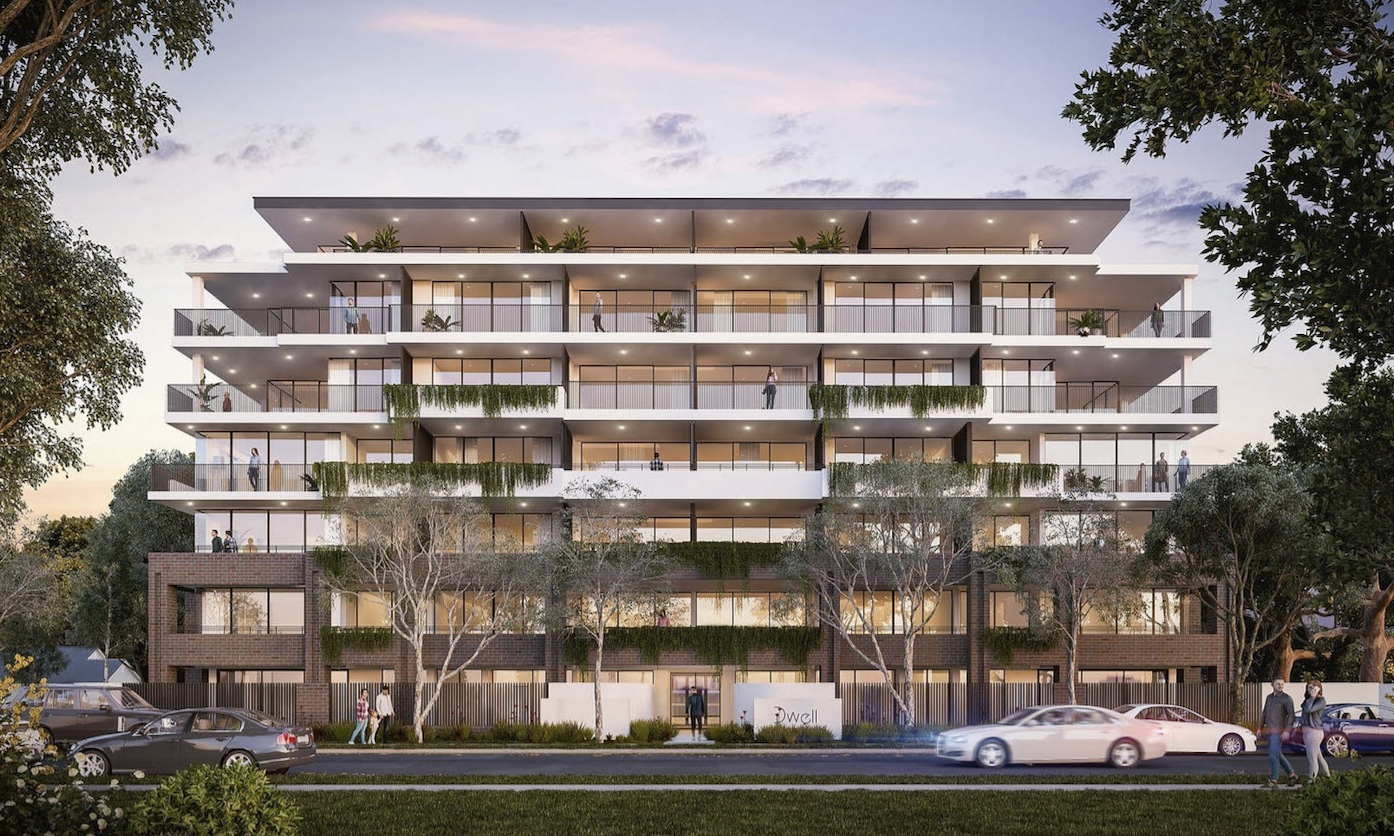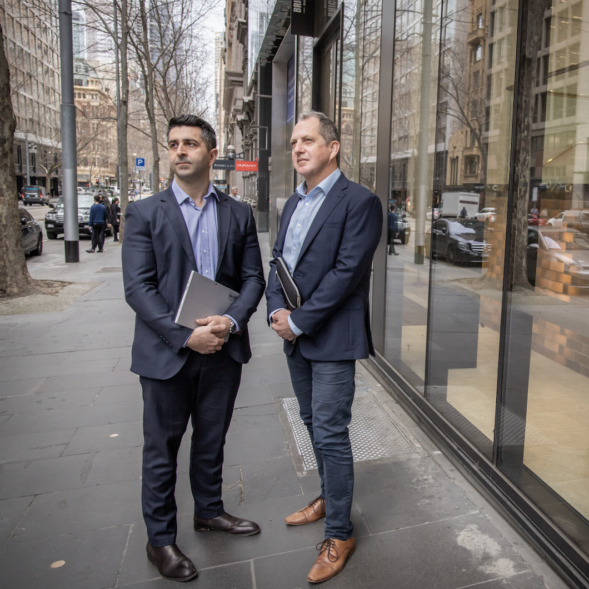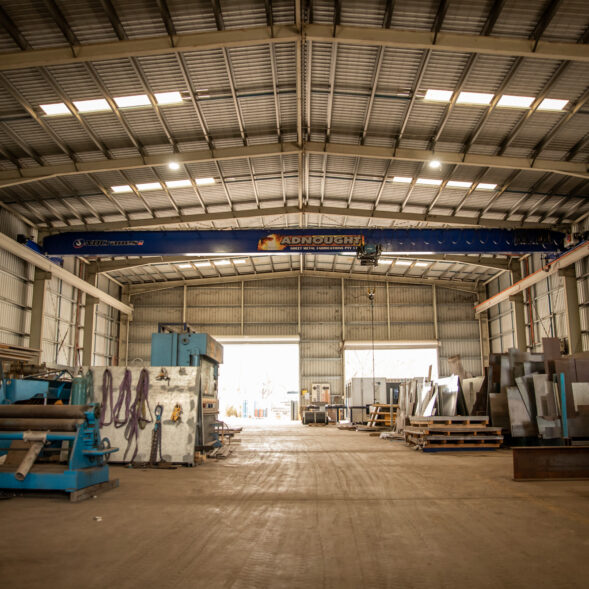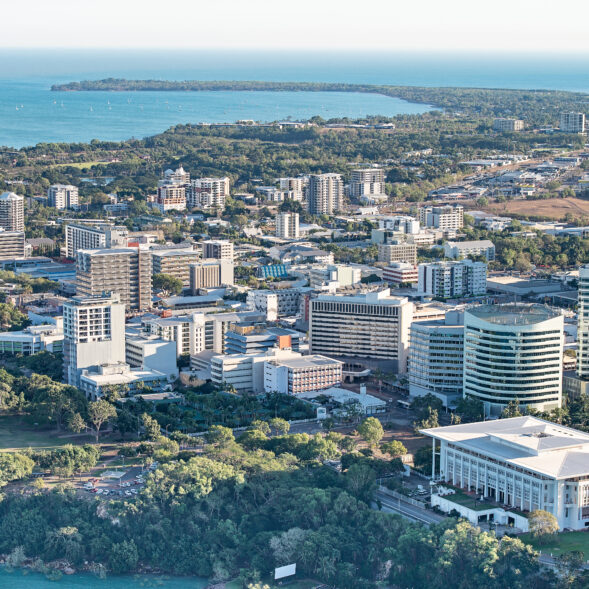First home buyers have always faced challenges in getting onto the first rung of the property ownership ladder. Saving a deposit can take years in some instances. If you are borrowing more than 80 per cent of the value of the property, then you will almost certainly need to pay for lenders mortgage insurance, the premium for which can be thousands of dollars. Stamp duty is also a significant financial impost in most states and territories.
Current market and economic conditions have conspired to make that first home purchase even more challenging. Saving for the deposit has been made much harder as more household income is required simply to meet the increase in the cost of living. In particular, the cost of renting has increased significantly. Higher interest rates have slowed the increase in residential property values, but in many locations there has still been growth. This has led to the bank of Mum and Dad becoming an increasingly important source of funds for first time purchasers.
In March 2022, The Australian Dream was published (the Parliamentary inquiry into housing affordability and supply in Australia) which made 18 recommendations to improve the supply and availability of affordable housing and gave specific consideration to first home buyers. There are many initiatives, exemptions and grants aimed at helping people to join the ranks of homeowners. State and territory governments offer a range of stamp duty concessions and grants for eligible applicants. Some governments offer shared equity schemes to reduce the up-front cost to the first home buyer and affordable housing schemes exist where a government entity sells homes to first buyers at a reduced price.
The supply of housing is coming under close scrutiny as construction costs and delays have reduced the number of new homes being built. The use of prefabricated (factory built) homes is being suggested in Australia and overseas as a mechanism to quickly increase the supply of affordable housing (there are efficiency and cost benefits, although an alternative borrowing or funding method for their construction will need to be developed).
Buying your first home has never been easy, but after an extended period of even tougher conditions, there are some hopeful signs for first time buyers. As we progress through the spring residential property selling season, there has been an increase in the number of properties listed for sale which should act to soften continued price growth. The Reserve Bank decided at its October meeting to keep the cash rate on hold again (albeit with a warning about continued inflation), which may bring a little confidence to first home buyers that mortgage repayments are not going to continue to increase.
The Australian Bureau of Statistics has temporarily suspended publication of first home buyer data (the number and value of loan commitments) and has advised caution with regard to the previous 12 months of first home buyer data. When publication of this data resumes, it will be keenly observed to identify trends and the effectiveness of policy settings to encourage first home buyer activity.
Kevin Brogan











